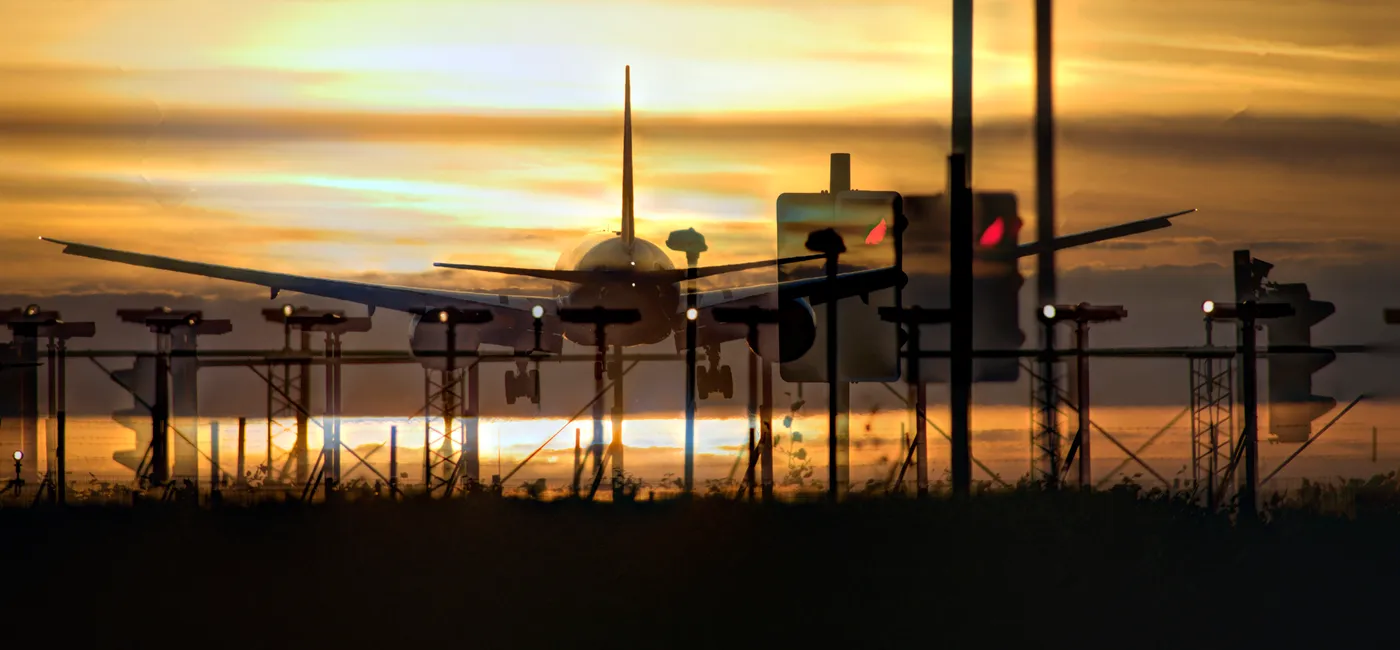IATAs Peter Cerdá: Fatal Collision Highlights Ongoing Safety and ATC Challenges

The tragic midair collision between an American Airlines flight and a U.S. Army Black Hawk helicopter near Ronald Reagan Washington National Airport (DCA) has underscored the fragility of aviation safety, despite the industry’s historically strong safety record. Peter Cerdá, regional vice president for the Americas at the International Air Transport Association (IATA), addressed the incident during Routes Americas 2025 in Nassau, Bahamas, calling for ongoing investment in safety, workforce development, and air traffic management modernization.
Cerdá emphasized that while aviation remains the safest mode of transportation, the accident is a reminder of the industry’s vulnerability. “Aviation has long been the safest mode of transportation, but it is also fragile,” Cerdá said. “We must continue to focus, invest, research and ensure that training is in place, that we have enough personnel, and that we’re constantly improving our systems.”
The collision on January 29, 2025, involving American Eagle Flight 5342 and a Black Hawk helicopter resulted in 67 fatalities. The National Transportation Safety Board (NTSB) has launched an investigation into the causes of the accident. While such incidents are rare, Cerdá stressed that they serve as crucial reminders of the industry’s responsibility to maintain the highest safety standards.
“This is a wake-up call,” he said. “Safety is the most important day-to-day activity that our industry is working on—and we have to continue that.”
Cerdá also addressed the ongoing challenges facing air traffic control (ATC) systems, particularly staffing shortages and outdated infrastructure, which have been contributing to operational inefficiencies. “We’ve been talking about NextGen [ATC] modernization for over 15 years, and we’re no better off than we were several years ago,” Cerdá noted. “Now, on top of that, we’re lacking staff, which only adds pressure to the system.”
The FAA has acknowledged these staffing shortages, particularly in high-demand areas like New York, and is actively working on plans to recruit and train more air traffic controllers. However, Cerdá warned that without sustained investment, these challenges will persist, leading to increased congestion, delays, and inefficiencies across the system.
“When New York has a bad day, the entire system collapses,” he added. “We need technology and staffing solutions to ensure reliability and efficiency. Travelers expect to get from point A to point B on time, and when they don’t, it leads to frustration.”
Cerdá further linked these ATC inefficiencies to sustainability concerns. He pointed out that unnecessary delays, such as holding patterns and other operational disruptions, result in wasted fuel and increased carbon emissions, exacerbating the environmental impact of air travel.
“We have to continue to look into our systems… as the day safety ceases to be our top priority is the day our industry ends,” Cerdá concluded.
Related News : https://suspicious-zhukovsky.67-21-117-18.plesk.page/category/air-travel-business/airline-finance/
